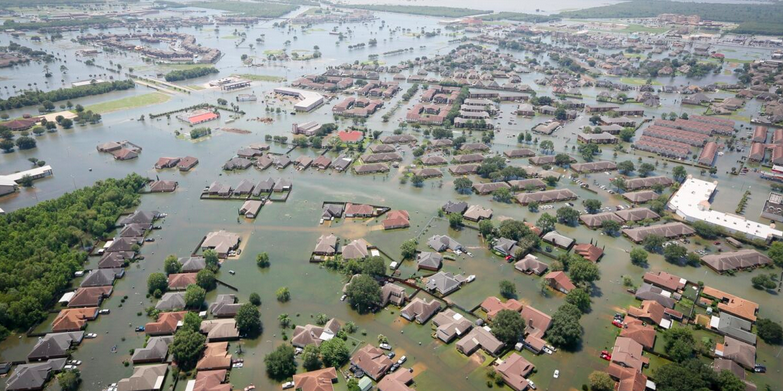Climate Change and Supply Chains
Turmoil
We learned a lot of lessons from the onslaught of the Covid pandemic, including how it disrupted global supply chains for countless products. The disruption most often was the result of closures of plants and facilities because workers were getting the Covid 19 virus and spreading it to others. The extraction of raw materials, the gathering or making of parts and elements for other products, and the production and distribution of final products were all subject to disruptions. In China, whole cities and wider areas were subject to lockdowns, quarantines and closures.
All of a sudden we began to get a sense of what globalization of the world’s economies meant, including the highly efficient and low cost shipping of products and materials and parts across continents and oceans, and reduced inventories because of just-in-time production. Even those areas that managed to control the spread of the Covid virus were often affected by shutdowns in distant highly contagious areas where sources of raw materials and parts or distribution were critical.
We also learned that white collar workers could work from home and maintain the flow of intellectual products without much disruption from the virus.
It’s not just viruses that cause such disruption. War can do it as we are seeing in Ukraine.
And climate change is upon us.

Climate change affects production and distribution in different, more fundamental and complicated ways than the pandemic. The consensus is clear that climate change is creating more, and more intense, extreme weather events, including heat waves, floods, fires, and hurricanes. The extreme weather events do keep workers from their plants, as the virus did, but those events recede and workers can return to their plants. Unless, of course, the plants themselves have been destroyed by the extreme weather event, in which case the interruption is extended or permanent.
Even if plants remain open the extreme weather can severely damage infrastructure, including streets, roads, rail lines, and airports, preventing movement of people and distribution of goods for extended periods of time.
Power for energy production can be widely and deeply impacted by fires, storms, and droughts. Dry bodies of water cannot provide the water needed to cool nuclear power plants. Hydropower also feeds chemical factories and coal-fired power plants. Extreme events can disrupt transport of goods as when the Yangtze River in China and the Rhine River in Germany dried up enough to prevent the shipment of goods. Droughts in the western US reduced exports of agriculture products. Wildfires disrupted distributions from Amazon and others. Winter storms caused power outages that shut down semiconductor plants in Texas, exacerbating shortages of computer chips globally.
Rising sea levels, from climate change, put many ports and bridges and other infrastructure at risk of severe damage or permanent destruction, with wide-spread impacts on trade.
And we are seeing that one extreme event, such as a drought, can be followed within a short time — maybe weeks or months — by a different kind of extreme event in the same locale, such as a flooding.
All of these disruptions to the supply chains need to be built into the equation when we estimate the costs of climate change.
With Covid 19 there is the expectation, or at least hope, that with vaccines and established means of reducing exposure through masks and social distancing it will diminish or go away. There is no vaccine for climate change. It is not going to go away.
Sources:
Lessons from the COVID pandemic for climate breakdown: First of all, trust the scientists, in ieBLOG section of www.irishenvironment.com (July 2021).
Jacques Leslie, “How Climate Change Is Disrupting the Global Supply Chain,” Yale E360 (10 March 2022). bit.ly/3STol8Z
Declan Allen, “How supply chains and logistics get goods from A to B,” RTE (24 Jan 2020). https://bit.ly/3Nk04YK
Ana Swanson and Keith Bradsher, “Climate Change Could Worsen Supply Chain Turmoil,” The New York Times (8 sept 2022). nyti.ms/3SPPjOO


No comments yet, add your own below